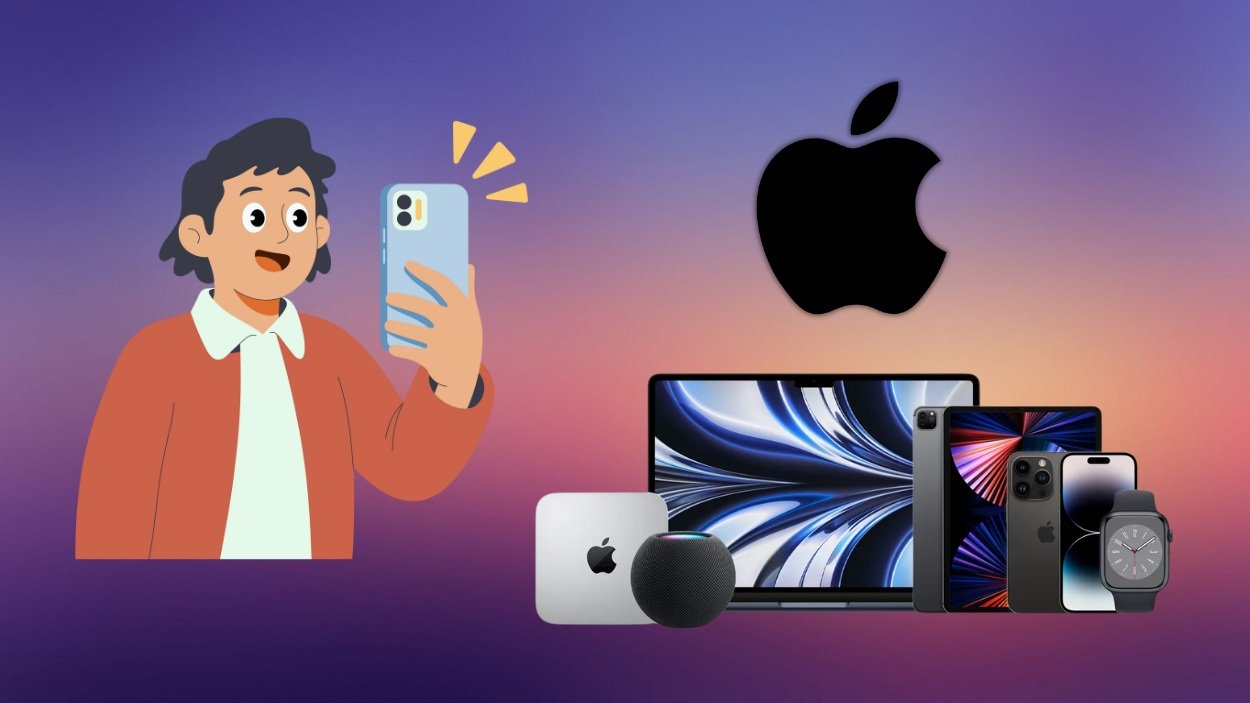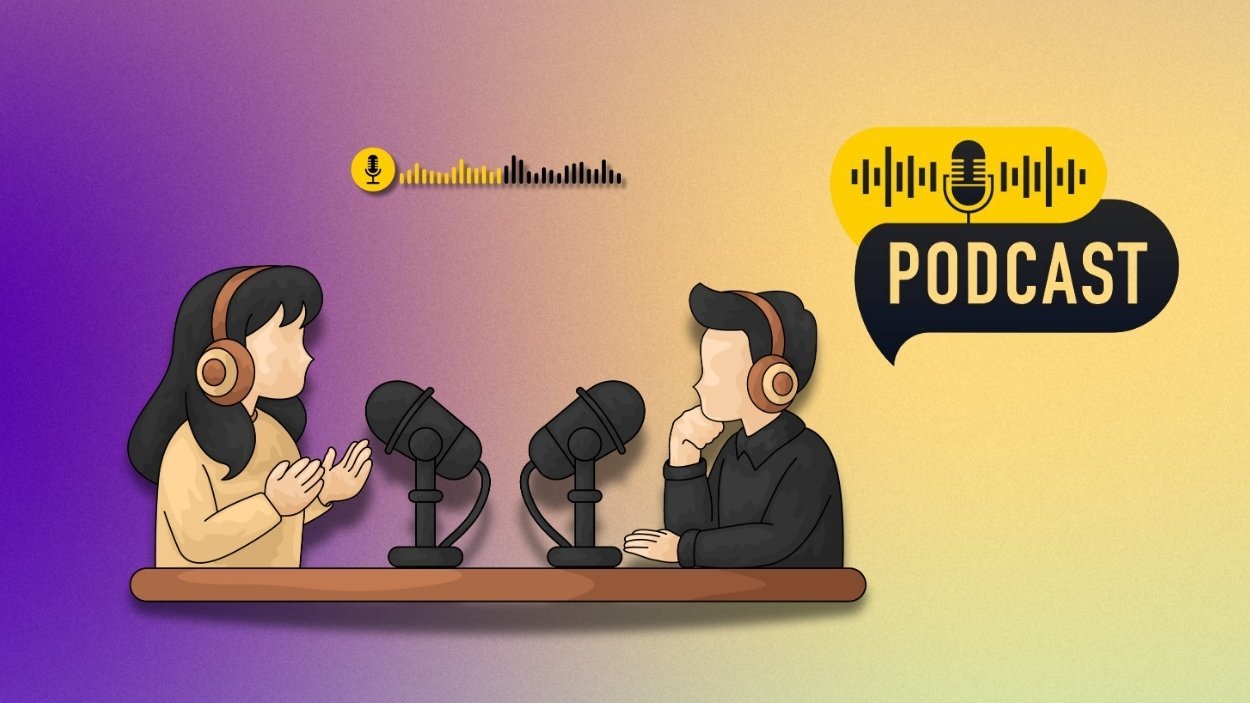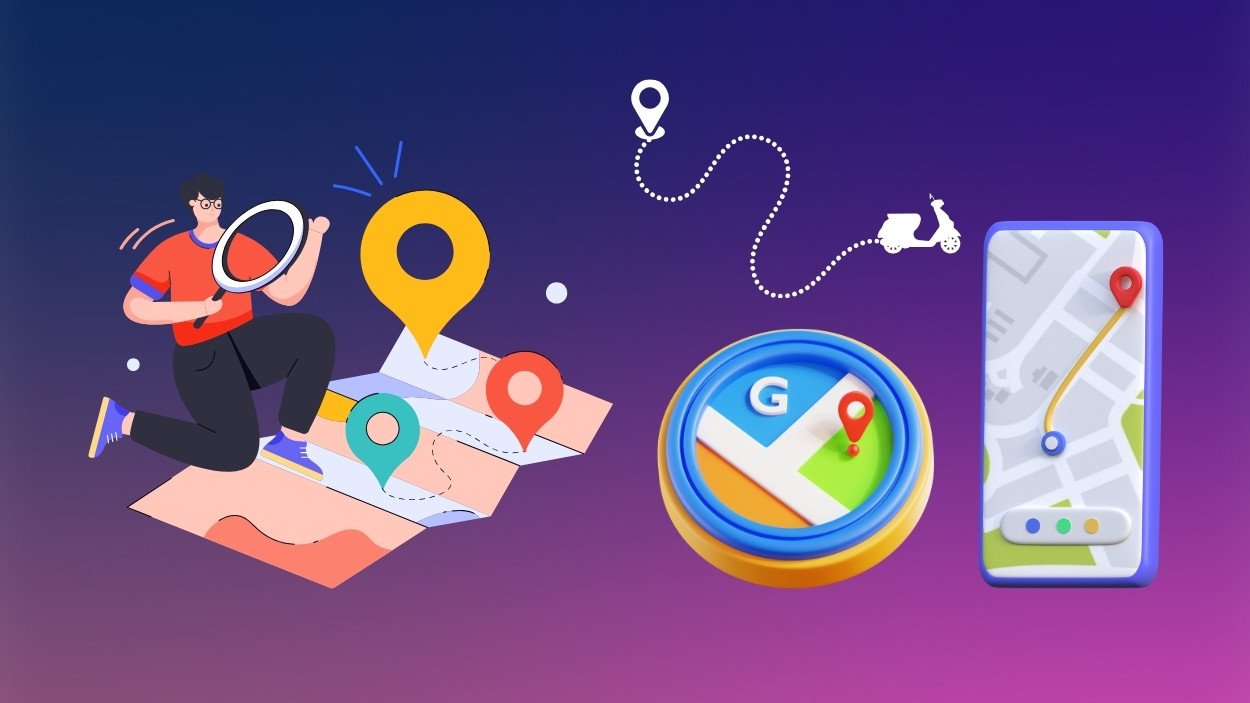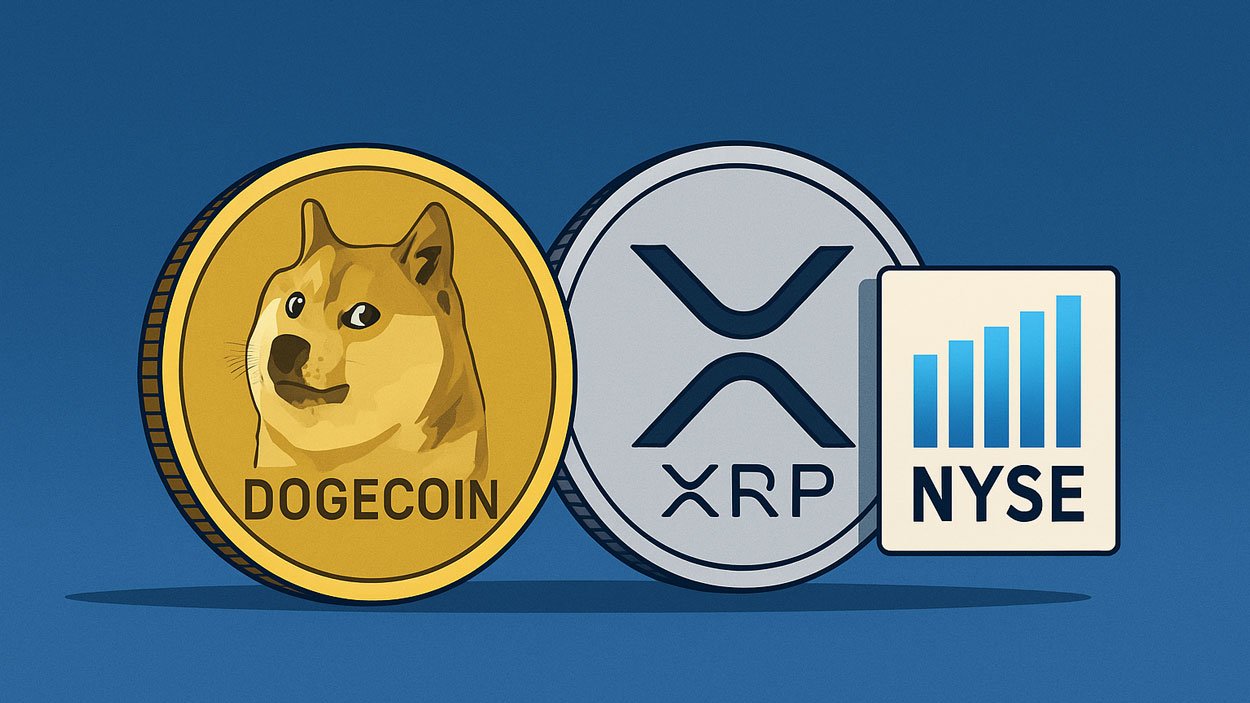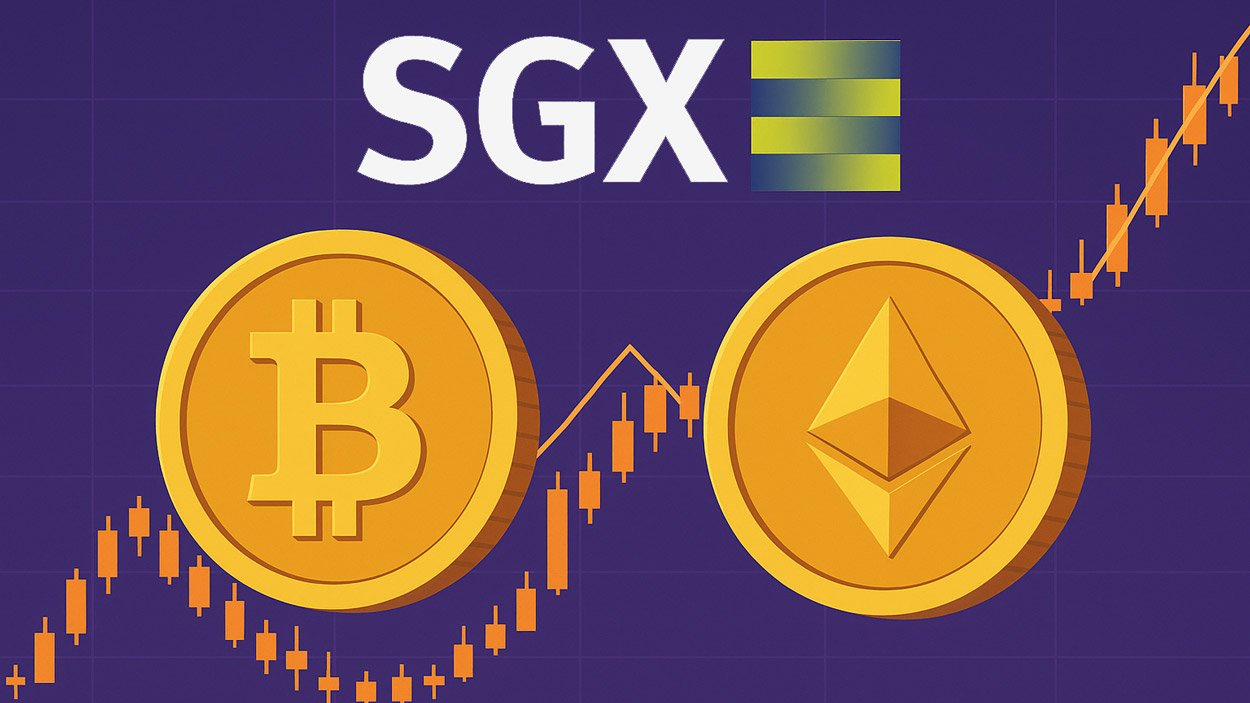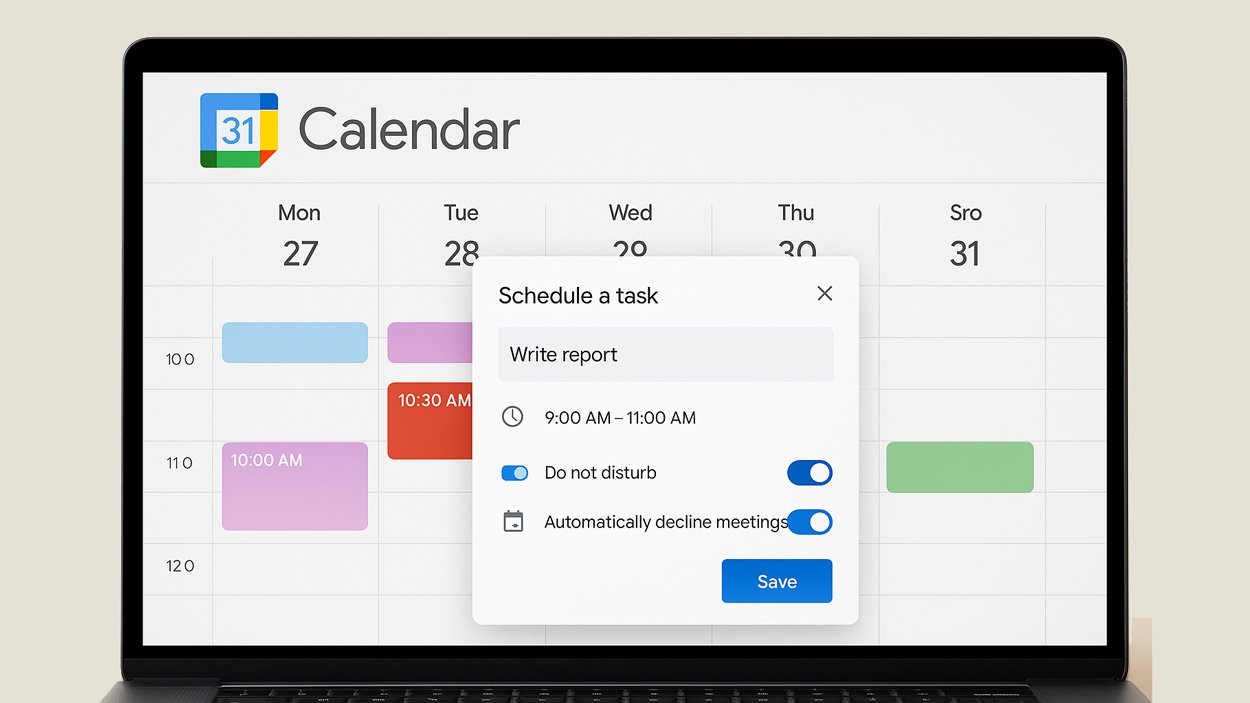Mobile applications have become a central part of daily life, from banking on the go to streaming entertainment and connecting with friends. In both the consumer and enterprise landscapes, apps influence everything from productivity to entertainment revenue. For example, a retailer may deploy a mobile app to boost customer retention, while a fintech startup might leverage app-based services to disrupt legacy banking. Dive into the full article to explore how data shapes the future of mobile applications.
Editor’s Choice
- The mobile app market is projected to be between $330 billion-$585 billion in revenue in 2025, with around 299 billion downloads.
- Consumer spending on mobile apps has passed $150 billion globally in recent years.
- In 2024, mobile users spent ~3.5 hours per day using apps on average.
- In the U.S., 55% of consumers preferred mobile apps as their primary interaction channel in 2024.
- The average smartphone owner uses 10 apps per day and ~30 apps per month.
- App retention remains a challenge, with up to 72% of users stopping app usage within 30 days.
Recent Developments
- Global mobile subscriptions exceeded 8.66 billion as of recent estimates, with further growth expected.
- 5G networks carried 35% of mobile data traffic in 2024, boosting app-based services.
- In 2024, Asia-Pacific held ~33% of the global mobile app market revenue share, followed by North America (~30%) and Europe (~27%).
- In the first quarter of 2025, globally, Android held a market share of over 71% of smartphones, and iOS accounted for ~27.65%.
- The global download count across major app stores decreased by ~1% to 136 billion in 2024.
- AI-chatbot apps saw YoY growth of 112%, the largest among all broad categories.
- Emerging markets continued to drive downloads and usage, with the smartphone boom fueling growth in mobile-first services.
- App development teams cited key challenges for 2025: 50% monitoring performance, 44% keeping up with frequent changes, 33% ensuring multi-device/OS compatibility.
Top Reasons Why Mobile Apps Fail
- 42% of app failures are due to no market need research before development.
- 19% of apps fail because of a weak product core and poor foundational design.
- 17% of failures stem from the lack of a viable business model.
- 14% of apps struggle due to unclear marketing strategies.
- 13% of failures are linked to launching at the wrong time.

Mobile App Download Statistics
- In 2024, global downloads across Google Play and Apple App Store were ~136 billion (-1% YoY).
- The average smartphone owner uses ~10 apps per day and ~30 apps per month.
- The “gaming” category accounted for ~56% of total app downloads globally in recent projections.
- Google Play consistently reported more downloads than the Apple App Store, with growth on Play outpacing iOS in recent years.
- Emerging markets were key drivers of download growth, thanks to increasing smartphone penetration and cheaper devices.
- Despite high download numbers, retention remains a challenge, with many users abandoning apps shortly after installing.
Mobile App Revenue Statistics
- Projections for total mobile app revenue in 2025 range between $330 billion-$585 billion, depending on the scope.
- Global consumer spending on apps crossed $150 billion in recent years.
- In the U.S., consumers’ spending on in-app purchases and subscriptions reached ~$52 billion.
- YoY growth in global app revenue was projected at ~14% for 2025.
- In-app purchases and subscriptions contributed nearly 40% of app revenue in some segments.
Top Reasons People Uninstall Mobile Apps
- 39.9% of users uninstall apps simply because they are no longer used.
- 18.7% of users delete apps due to limited device storage.
- 16.2% of users uninstall because of disruptive, excessive advertising.
- 12.6% of users remove apps due to too many notifications.
- 5.4% of users uninstall apps because the interface is confusing.
- 5.4% of users delete apps due to crashes, bugs, or other technical issues.
- 1.6% of users cite “Other” reasons not tied to core app problems.

Time Spent on Mobile Apps
- Average daily time spent using mobile apps in 2024 was ~3.5 hours per user.
- In 2024, global users spent ~4.2 trillion hours using mobile apps.
- In the U.S., the top countries by app usage hours were India (~1.126 trillion hours), Indonesia (~355.1 billion hours), and the U.S. (~325.1 billion hours) in 2024.
- About 70% of all U.S. digital media time comes from mobile apps.
- Among users, 65.6% use between 3 and 10 apps in a given week.
- Millennials, ~21% open an app 50+ times per day.
- The growth in smartphone screen time is supported by app-based services like streaming, social and fintech.
- Despite heavy usage, growth in time spent is modest (~2.9% year-over-year).
Most Popular Mobile App Categories
- In 2025, the category of AI-chatbot apps posted a YoY growth of 112%, the highest among major categories.
- Social media apps accounted for about 35% of mobile time spent in 2024.
- Game apps remained dominant in download volume, comprising ~56% of downloads.
- Shopping apps like Temu were among the top in monthly downloads, with ~27 million downloads in July 2025.
- Productivity and utility apps continue to grow as remote work and hybrid models persist.
- Subscription-based lifestyle and health categories are gaining share.
- Education/design apps targeting 18‑24 year-olds held stronger growth than expected.
- Free apps dominate the ecosystem, ~98% of apps are free to download across categories.
Mobile App Retention & Engagement Rates
- ~25% of users stop using an app after just 1 day.
- ~72% of users stop using an app within 30 days.
- News apps had a 30-day retention rate of ~9.1% (top among categories).
- Social media apps had a very low 30-day retention, ~1.37%.
- In Japan, the average 30-day retention rate was ~5.1%, in China, ~1.3%.
- For game apps, ~94% of players stopped playing within one month.
- Engagement for apps is shifting, with fewer downloads but more depth of use among loyal users.
- Developers cite retention as a top challenge and increasingly invest in re-engagement and personalization.

User Growth and Demographics
- Around 4.69 billion people worldwide owned a smartphone in 2025.
- In the U.S., the proportion of adults using mobile apps as a primary digital channel exceeded 55%.
- On iOS, graphics and design apps had the highest share of users aged 18‑24.
- Users aged 18‑24 are significantly more likely to adopt new apps within weeks of launch compared to older cohorts.
- Smartphone penetration in developing markets continues to climb, contributing to overall user-growth rates.
- In the Philippines, by early 2025, mobile connections reached ~122% of the population.
- In the Philippines, 52.2% of social media user identities were female in early 2025.
- Older age brackets (50+) are still growing in mobile app usage, but their adoption rate lags behind Gen Z and Millennials.
- The “mobile-only” user segment now exceeds 60% in many regions.
Top Mobile Apps by Downloads and Revenue
- ChatGPT was the most downloaded app worldwide in July 2025 with 52 million downloads.
- TikTok and Instagram followed closely with around 39 million and 38 million downloads, respectively.
- iOS users spend significantly more, with consumer app spending at $142 billion in 2025 versus $65 billion on Android.
- U.S. consumer spending on mobile apps reached approximately $52 billion from in-app purchases and subscriptions.
- Top mobile games like Honor of Kings have lifetime revenues exceeding $13 billion, highlighting their dominance.
- The free-to-download model remains prevalent, with over 70% of app revenue coming from in-app purchases and ads.
- Developers increasingly focus on engagement and monetization, achieving up to a 47% increase in user engagement through hybrid models.
- Average U.S. users spend nearly 5 hours daily on mobile apps in 2025, reflecting high engagement levels.
Android vs. iOS Market Share
- Globally in 2025, Android holds ~70.8‑72% of the smartphone market, and iOS accounts for ~28‑29.2%.
- While Android leads in installs, iOS dominates in revenue, generating ~60‑65% of global app revenue.
- ARPU is higher on iOS due to stronger paid/subscription uptake.
- Developers targeting monetization often prioritize iOS; those targeting volume lean toward Android.
- Android’s marketplace growth outpaced iOS in many emerging markets.
- Developed markets skew iOS heavier, developing lean Android.
- App store policies, device variety, and pricing structures differentiate outcomes across platforms.

Regional/Geographic App Trends
- In 2024, Asia-Pacific held ~33% of global mobile app revenue, North America ~30%, and Europe ~27%.
- Emerging markets continue to drive download growth.
- In the Philippines, internet penetration stood at ~83.8%, and mobile connections were ~122% of the population.
- Latin America and Africa show the fastest growth rates, though with lower revenue per user.
- Developed markets show slower download growth but higher spend per user.
- Localization, payment systems, and affordability are key in regional expansion.
In‑App Purchases & Subscription Statistics
- In the U.S., consumers spent ~$52 billion on in-app purchases and subscriptions.
- Subscription apps account for nearly 40% of total app revenue in certain segments.
- Over 35% of subscription-capable apps blend models.
- Growth in in-app purchases is driven by younger audiences.
- Lifetime value is increasingly important for monetization.
- Subscription churn remains a challenge.
- Developers focus more on recurring revenue than on one-time purchases.
Retail App Usage Habits Among US Smartphone Users
- 35% of US users open retail apps multiple times per week.
- 22% of users use retail apps once a day, showing daily engagement.
- 21% of users access retail apps multiple times a day.
- 19% of users open retail apps once per week.
- Only 3% of users report using retail apps infrequently.

App Store Insights (Google Play & Apple App Store)
- Google Play Store hosts ~2.105 million apps, Apple App Store has ~2.036 million apps.
- On Google Play, ~97% of apps are free, on iOS, ~95.3% are free.
- App Store ecosystem facilitated ~$1.3 trillion in billings in 2024.
- In-app advertising revenue on iOS grew 131% over five years.
- On Android, app count was reported at ~1.5 million in June 2025.
- Developer strategies vary by store, balancing distribution with monetization strength.
Business & Enterprise Mobile App Adoption
- The global enterprise mobile app market is projected at around $125.39 billion in 2025.
- Low-code/no-code platforms increase developer efficiency by 50-90%, enabling rapid app creation.
- Enterprise apps support field service, sales, training, and productivity, enhancing operational efficiency.
- Security concerns and legacy system integration remain top barriers for over 40% of enterprises.
- 5G and cloud technologies drive enterprise mobile strategies, with cloud deployment holding 68.3% revenue share.
- Streamlined mobile workflows can boost enterprise ROI by up to 25-95% through improved retention.
- Mobile now serves as a strategic communication and sales channel for more than 70% of businesses.
- Large corporations lead mobile app adoption with 64.2% of enterprise mobile spending in 2024, while smaller firms lag.
- Over 1.5 billion connected wearables and IoT devices will be integrated with enterprise apps by 2026.
Most Essential Apps for 18–34-Year-Olds & Where They Belong
- 35% of young adults said Amazon is the app they absolutely can’t live without.
- 30% of users rely on Gmail as an essential daily tool.
- 29% of respondents named Facebook as their must-have app.
- 18% consider FB Messenger essential for communication.
- 16% said they can’t go without YouTube.
- 14% use Google Maps as a vital navigation app.
- 11% consider Google Search indispensable.
- 11% rely on the Apple App Store for access to apps.
- 11% said WhatsApp is an essential messaging platform.
- 11% identified Instagram as a must-have social app.
- 26% of users don’t even have the app they claimed they “can’t go without.”
- 27% have the app but not on their home screen.
- 26% keep the app directly on their home screen.
- 21% store the app in a folder on their home screen.

Mobile App Advertising Statistics
- Global mobile ad spend to reach ~$447 billion in 2025.
- In-app advertising will account for ~82.3% of mobile ad spend.
- U.S. mobile ad spend surpassed ~$200 billion in 2024.
- In-app ads deliver ~150% higher conversion rates than mobile web ads.
- SMS marketing in the U.S. is projected at ~$12.6 billion in 2025.
- Ad campaigns drive both paid and organic installs.
- Ad fraud affects up to ~5% of ad clicks.
- Budgets are shifting from desktop to mobile app inventory.
Mobile App Security & Privacy Statistics
- About 82% of the global population is covered by at least one data privacy law as of 2025.
- Approximately 77% of Android users decline app installs due to excessive permission requests.
- The global cost of cybercrime is projected to exceed $23 trillion by 2027.
- Shadow data and third-party SDKs contribute significantly to mobile app security vulnerabilities.
- The iOS app ecosystem has doubled its data service integrations since 2019.
- Free mobile apps are 401% more likely to track user location compared to paid apps.
- Privacy concerns increase uninstall rates, with dating apps reaching an uninstall rate of nearly 59%.
Key Trends Shaping the Mobile App Industry
- Hybrid freemium and subscription models account for over 65% of mobile app revenue in 2025.
- By 2026, more than 85% of consumer-facing apps will integrate AI for personalization and recommendations.
- 5G adoption has enabled a 40% increase in AR/VR mobile app usage and immersive experiences.
- Emerging markets like India, Brazil, and Indonesia show 15%+ annual growth in app downloads.
- Privacy-first monetization has led to a 30% decline in ad-based revenue, with direct user payments rising.
- Over 1.5 billion connected wearable devices will integrate with apps by 2026, boosting IoT synergy.
- App stores enforced stricter policies in 2025, increasing app rejections by 20% due to quality demands.
- Focusing on lifetime value (LTV) and engagement metrics drives a 25% rise in user retention strategies.
Future Outlook for Mobile Apps
- Android holds about 70% of global app downloads, while iOS accounts for 60–65% of app revenue.
- The rise of new device categories, including foldables and wearables, challenges developers, with over 1.5 billion connected wearables forecasted by 2026.
- Security and compliance are critical; multi-factor authentication and audits are mandatory in apps handling sensitive data.
- Localized app strategies increase downloads by up to 30% in developing regions with tailored content and pricing.
- Consumer spending on mobile apps alone is forecasted to reach $288 billion in 2025, a significant rise from previous years.
- Mobile app downloads are growing annually by around 8%, driven by emerging markets and smartphone adoption.
- iOS users spend on average $10.4 monthly on apps compared to $1.4 for Android users, showing differing monetization trends.
Frequently Asked Questions (FAQs)
~112% YoY growth for AI‑chatbot apps.
~40% of app revenue from in‑app purchases & subscriptions.
~70% of digital media time in the U.S.
~71% smartphone market share for Android.
Conclusion
The mobile app landscape today is vast, dynamic, and evolving rapidly. From record download volumes and massive revenue potential to the crucial importance of engagement, security, and monetization strategy, the ecosystem demands sophistication and agility. Whether you are building for consumers or enterprise users, the key takeaway is this: apps must deliver ongoing value, respect user trust, and leverage smart monetization. As you plan your next mobile initiative or app investment, the trends and data above offer a clear roadmap for where the opportunity lies.










